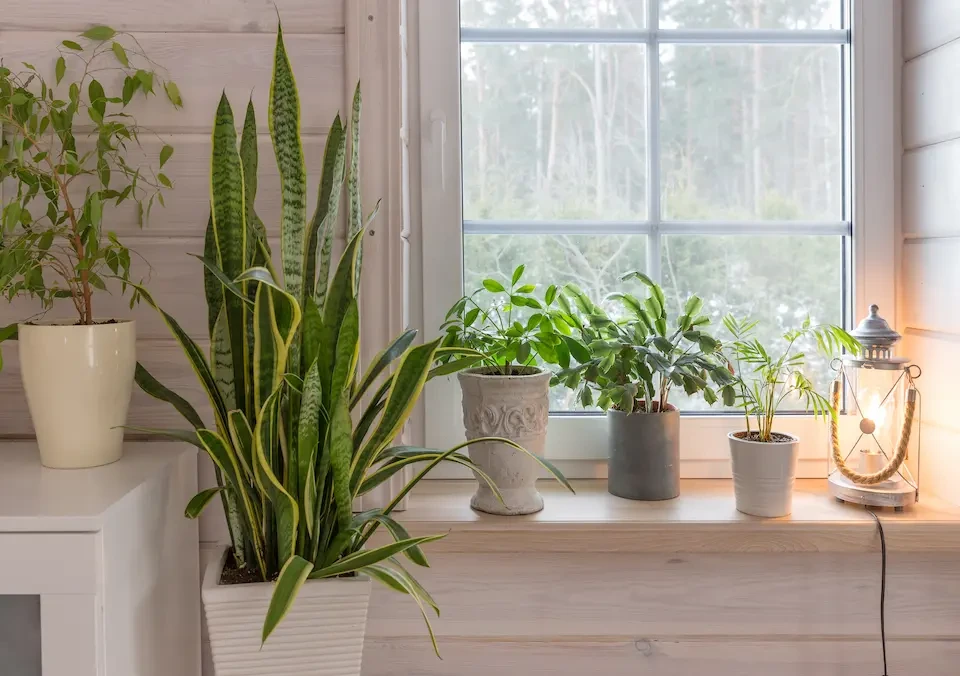September 11, 2023
Finding Comfort: How to Optimize Indoor Air by Reducing Humidity in Your House
Indoor air quality is an often overlooked aspect of our daily lives, yet it plays a significant role in our overall well-being and comfort. One of the key factors influencing indoor air quality is humidity. In this comprehensive guide, our experts in indoor air quality from Bowman Mechanical Services are exploring the importance of humidity in maintaining a comfortable indoor environment.
Our Raleigh HVAC professionals are providing North Carolina homeowners with practical and detailed insights on how to effectively reduce humidity in your house, ensuring that you and your loved ones breathe easy and live comfortably, regardless of what the air quality is outdoors.

What is Indoor Humidity?
Indoor humidity refers to the amount of moisture or water vapor present in the air inside a building or enclosed space, such as your home. It is typically measured as a percentage and indicates how saturated the air is with water vapor relative to its maximum capacity at a given temperature.
Humid air levels can vary depending on factors such as weather conditions, geographic location, and the activities taking place inside the building. Humidity levels play a crucial role in determining indoor comfort and can have a significant impact on various aspects of your living environment.
Ideal Indoor Humidity Levels
Maintaining the right indoor humidity levels is important for comfort and health. Extremely low humidity can result in dry air, which may lead to respiratory discomfort, dry skin, and static electricity. On the other hand, excessive humidity can make the indoor environment feel sticky and uncomfortable, promote mold and mildew growth, and exacerbate health issues like allergies and respiratory problems.
The ideal range for indoor humidity typically falls between 30% and 50%. Within this range, you strike the perfect balance between comfort and preventing issues related to excessive moisture.
How High Humidity Affects Comfort and Health
Excessive indoor humidity can lead to a host of problems, affecting both your comfort and health.
Physical Discomfort
When humidity levels are high, you might find yourself feeling sticky and uncomfortable. The air can feel heavy and oppressive, making your living space less pleasant. High humidity makes the air feel damp and sticky, leading to discomfort as your skin cannot easily cool down through evaporation.
Health Issues
High humidity can exacerbate respiratory problems, trigger allergies, and encourage the growth of dust mites and mold. This can lead to a variety of health issues, including coughing, sneezing, and skin irritations.
Structural Damage
Over time, excess moisture can wreak havoc on your home’s structure. It can cause wood to warp, paint to peel, and even damage electronics. This can result in costly repairs.
Mold and Mildew Growth
High humidity provides an ideal environment for mold and mildew to thrive. These unwelcome guests not only damage your home but can also pose significant health risks.
Signs of High Indoor Humidity
Recognizing the signs of high indoor humidity and poor air circulation is essential for addressing the issue effectively. Let’s explore the telling signs that there is too much humidity in your home.
Condensation
Keep an eye out for water droplets forming on windows, walls, or pipes. This is a clear sign that moisture levels are too high.
Musty Odors
If your home has a persistent, damp smell, it’s a strong indication of excess humidity. This odor can be unpleasant and difficult to get rid of.
Discomfort
High humidity can make your living space feel warmer than it actually is. This can lead to increased reliance on air conditioning, resulting in higher energy bills.
Mold Growth
If you notice the telltale black spots of mold on walls, ceilings, or other surfaces, it’s a clear sign that humidity levels are too high.
Allergy Symptoms
Excessive humidity can worsen allergy symptoms, making your life miserable. If you find yourself sneezing or experiencing itchy eyes, high humidity could be the culprit.

The Benefits of Reducing Indoor Humidity
Lowering indoor humidity can bring about numerous advantages for both you and your home:
Improved Air Circulation and Comfort
With lower humidity levels, you’ll experience greater comfort. The air will feel fresher, and you’ll be less likely to feel sticky and uncomfortable.
Enhanced Health
Lower humidity can reduce the presence of allergens in the air, making it easier for those with allergies or respiratory issues to breathe. This promotes better health and well-being.
Humid Air = Excess Moisture: Preserve Your Home
By preventing moisture-related damage, you’ll extend the lifespan of your home’s structural components and furnishings. This translates to potential savings on costly repairs.
How to Decrease Humidity in Your House
Now that we understand the importance of controlling indoor humidity, let’s explore practical and detailed methods to achieve this goal.
Ventilation and Airflow
Ventilation fans are a simple yet highly effective way to reduce humidity indoors. Make it a habit to use exhaust fans in your bathrooms and kitchen whenever you shower or cook. These fans help expel excess moisture from these areas, preventing it from spreading to other parts of your home. On dry, breezy days, take advantage of natural ventilation by opening windows and doors. This allows fresh air to circulate and helps carry away excess humidity.
Dehumidifiers
Dehumidifiers are specialized appliances designed to remove excess moisture from the air. There are two primary types of dehumidifiers: refrigerative and desiccant. Refrigerative dehumidifiers work by cooling the air and condensing moisture, while desiccant dehumidifiers use moisture-absorbing materials. Choose the one that best suits your needs and climate.
Air Conditioning
Your air conditioning system can also play a significant role in controlling indoor humidity. Air conditioners naturally remove moisture from the air as they cool it. This not only lowers the temperature but also reduces humidity levels, creating a more comfortable indoor environment. When using your air conditioner for humidity control, consider setting the thermostat to a temperature that balances cooling and dehumidification. This will help you achieve the ideal indoor climate.
Whole House Humidifier
A whole-house humidifier is integrated with your HVAC system, allowing you to maintain a consistent and controlled level of humidity throughout your entire home. This ensures that every room benefits from balanced humidity, creating a more comfortable and healthier living environment.
Insulation and Sealing
Proper insulation and sealing of your home are crucial for preventing excess humidity. Regularly inspect your home for any signs of leaks in the roof, walls, foundation, or plumbing. Addressing these issues promptly can prevent moisture from infiltrating your home. Ensure that your home is adequately insulated to prevent temperature fluctuations and moisture infiltration. Consult with a professional if you’re unsure about your home’s insulation needs.
Houseplants
Certain houseplants can help absorb excess moisture from the air. Consider adding humidity-regulating plants like spider plants, snake plants, or peace lilies to your indoor environment. These plants have natural moisture-absorbing properties. To maximize their moisture-absorbing capabilities, be sure to water and care for these plants appropriately. Keep them healthy, and they’ll help maintain the ideal humidity level in your home.

Additional Tips for Humidity Control
In addition to the primary methods mentioned above, here are more detailed tips for effective humidity control:
Regular Cleaning and Maintenance: Keep your home clean and well-maintained to prevent the buildup of moisture and mold. Pay particular attention to areas prone to moisture, such as bathrooms and basements.
Using Moisture-Absorbing Materials: Invest in moisture-absorbing products like silica gel packets, moisture-absorbing bags, or even calcium chloride-based moisture absorbers. These items can be strategically placed in areas with high humidity to help reduce moisture levels.
Monitoring Indoor Humidity Levels: Consider using a hygrometer to monitor indoor humidity levels. This device will provide you with real-time data on the moisture content of the air in your home. Based on the readings, you can adjust your humidity control strategies accordingly.
Improve Indoor Air Quality with Bowman Mechanical Services
Optimizing indoor air quality by reducing humidity is a crucial step toward creating a comfortable and healthy living environment. Taking proactive steps to reduce indoor humidity will not only make your living space more pleasant but also contribute to a healthier and happier lifestyle.
Contact our HVAC maintenance professionals at Bowman Mechanical Services today by calling us at [phone] or filling out the form below to get started. Our experts in indoor air quality can assess your home’s needs and come up with cost-effective solutions that work.

